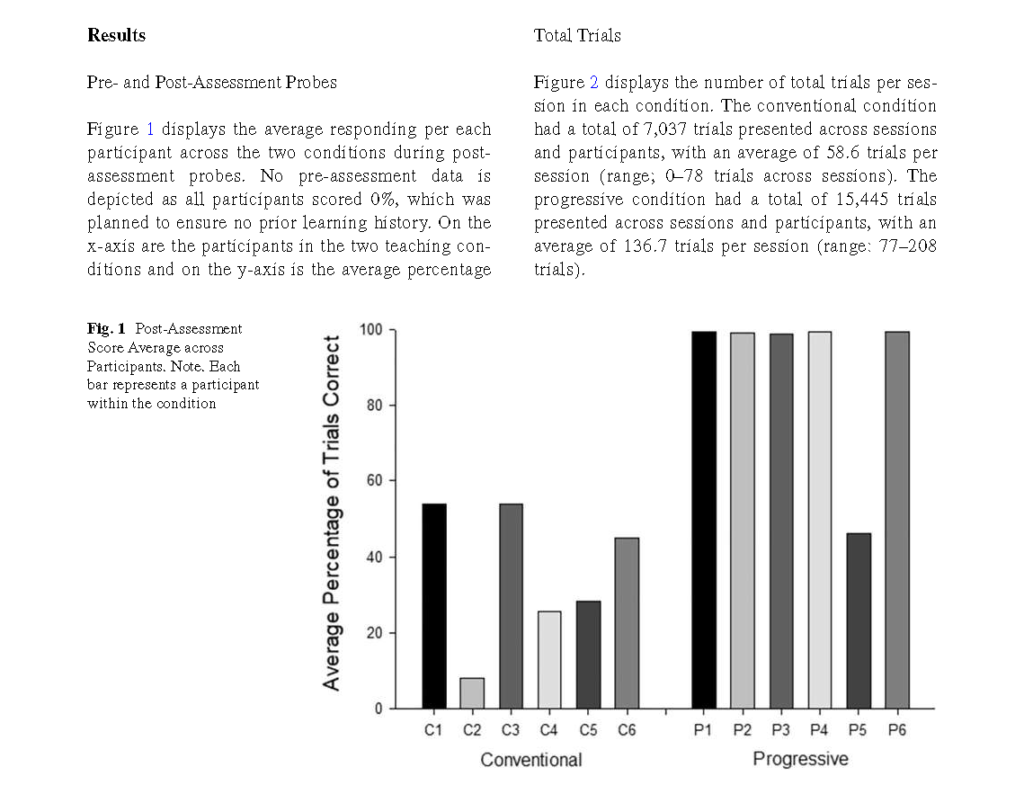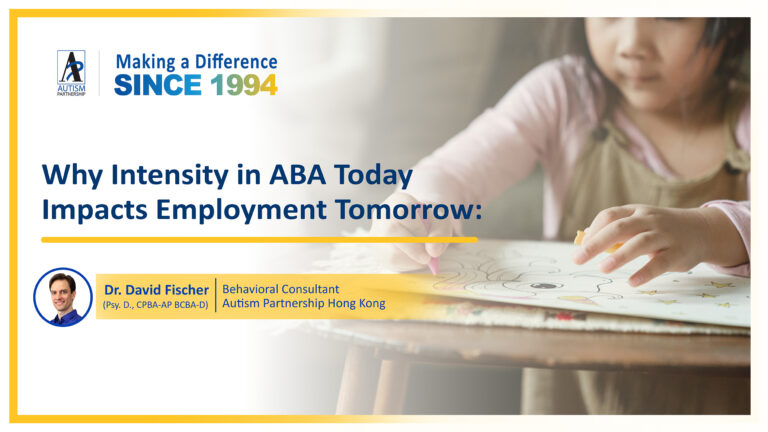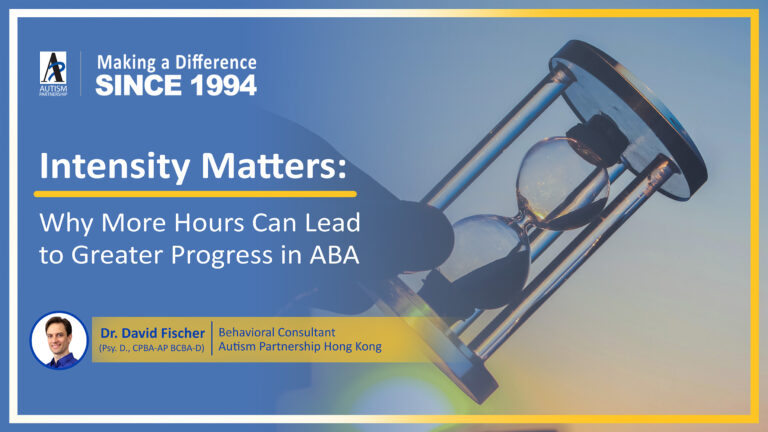
If you’ve ever wondered whether how ABA is delivered really makes a difference, new research has provided a clear answer: Yes, it absolutely does.
In 2022, a team of researchers, led by Dr. Christine Milne, in collaboration with Dr. Ronald Leaf, Dr. Justin Leaf, Dr. John McEachin, and others, published a study that directly compared two different styles of ABA therapy: Conventional ABA and Progressive ABA. Their goal was to see which approach would help children with autism learn (cartoon character labels) more effectively, and the results were both striking and encouraging.
The study involved five young children
with ASD, receiving both Conventional and Progressive ABA in
alternating sessions. This allowed the researchers to directly compare how each
child responded to each approach.
They looked at several important measures
of learning and behavior. Some of which are how quickly children learned new
skills, how many correct responses they made independently, how many stimuli
were used, how much prompting they needed, and reinforcement used.
Across the board, Progressive ABA outperformed Conventional ABA. Children learned more skills when taught using the Progressive approach. They made more independent correct responses and required less adult prompting. They were more engaged, alert, and motivated during learning sessions. Additionally, and perhaps most importantly, the teaching was more enjoyable for both the child and the therapist.
This isn’t just a slight improvement. The difference was significant and consistent across all participants.

The key difference lies in how the therapy is delivered.
Conventional ABA tends to follow rigid protocols and repetitive drills. It’s structured, but that structure often comes at the cost of flexibility and meaningful engagement.
Progressive ABA, however, allows therapists to adapt their approach in real-time; respond to subtle cues from the child; use a variety of teaching methods, not just one script; and make learning feel more natural, interactive, and enjoyable. This means the child is actively learning, not just passively complying.

As a clinician, this study validated something I’ve seen time and time again: The way ABA is delivered matters just as much as what is being taught.
Parents shouldn’t settle for “standard” ABA. Instead, seek out programs that use Progressive ABA principles, invest in ongoing, in-depth staff training, emphasize clinical judgment and flexibility, focus on building real skills and lasting change. Why? Because when ABA is done well, and progressively, it becomes more than therapy. It becomes a meaningful path toward progress.
Leaf, J.B., Cihon, J.H., Ferguson, J.L., McEachin, J., Leaf, R., & Milne, C. (2022). A Preliminary Evaluation of Conventional and Progressive Approaches to Teaching Children with Autism Spectrum Disorder. Behavior Analysis in Practice.
Dr. David Fischer received a doctoral degree in Clinical Psychology from Rutgers University, USA, advised by Dr. Sandra Harris. Since 1999, he was worked in the field of Applied Behavior Analysis and with individuals diagnosed with a developmental disability. He completed his pre-doctoral internship and post-doctoral fellowship at the Marcus Institute in Atlanta, Georgia working in the severe behavior unit, short-term-out-patient clinic, feeding disorders unit, and early intervention clinic. From 2007 – 2011, he trained public school teachers to instruct and manage the behavior of their students diagnosed with Autism spectrum disorder. He also was the clinical coordinator of the Asperger’s College Program, which provides support services to Rutgers students diagnosed with Asperger’s Disorder.

When most parents start ABA therapy for their child, they are thinking about immediate concerns: communication, behavior, independence, or school readiness. However, there is another important factor to consider and that is your child’s future as an adult. A recent UK government report, The Buckland Review of Autism Employment (2024), sheds light on a troubling reality. […]

When considering ABA therapy for a child with autism, parents often ask: “How many hours should my child receive?” It’s an important question, and the answer can make a substantial difference. While every child is unique, decades of research has shown the intensity of therapy matters. A major study published in 2017 by Linstead and […]

When considering ABA therapy, the first questions are often about hours, goals, or cost. There is another overlooked factor that may be even more important: Who is delivering the therapy? An exemplary case study published in 2020 by Ferguson and colleagues at Autism Partnership Foundation showed just how much of a difference the quality and […]
Please share to let more people learn about ASD and ABA therapy:
AP holds the belief that with quality Autism Partnership Method (APM) treatment, individuals with autism should reach their fullest potential and achieve the greatest degree of independence and highest quality of life possible.

Sign up now to get ABA and Autism related news delivered to your inbox. Enter your email to get started
Hong Kong Center
Kowloon Center

All information received will always remain confidential. We will contact you as soon as we review your message. Thanks